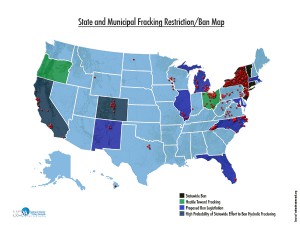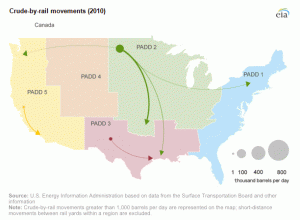Powerwall or Powerdream?
Elon Musk recently introduced Tesla Motor’s new battery power product for the home. The Powerwall is a lithium-ion battery that is four feet tall, three feet wide and seven inches deep. The goal of the new battery is to offer superior solar powered energy independence. Musk even said that he had Africa in mind when he developed this new home energy source.
- One lithium-ion battery Powerwall costs $3,000.
- The 220 pound Powerwall uses solar energy or builds up reserve energy for later consumption.
- Daily-cycling Powerwall provides 7 kilowatt-hour capacity, 70 times to 100 times the power of a typical laptop battery.
- Up to nine Powerwalls can be used in one home at one time to combine the power capacity, up to 63 kilowatt-hour.
While the new battery could prove to be a superior to alternative solar power batteries that are currently in use, it still is a product that is priced out of the market. The average energy consumption in the United States is about 30 kilowatt-hour. One Powerwall would provide less than a third of that energy demand, where the remaining demand must come from another energy source or sources. The average energy utility bill in the U.S. is $107 a month. If a third of that bill is about $36 and is covered by the Powerwall, it would take over 7 years before the savings would cover the cost of the Powerwall. With so many factors up in the air (the $5 billion Gigafactory and expansion, future home energy prices, solar cost and energy demand, other energy sources), the Powerwall looks more like a dream of Elon Musk.

